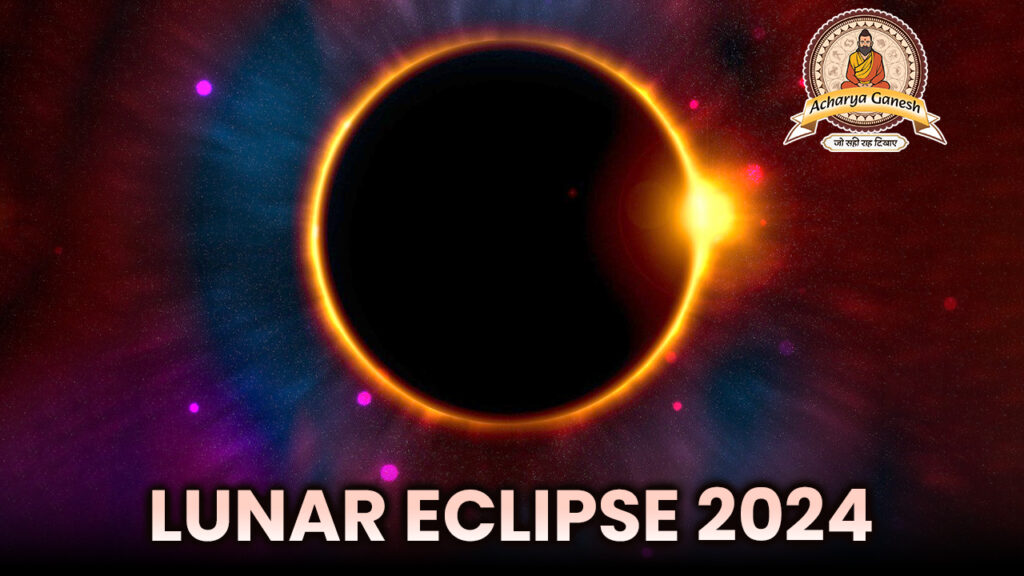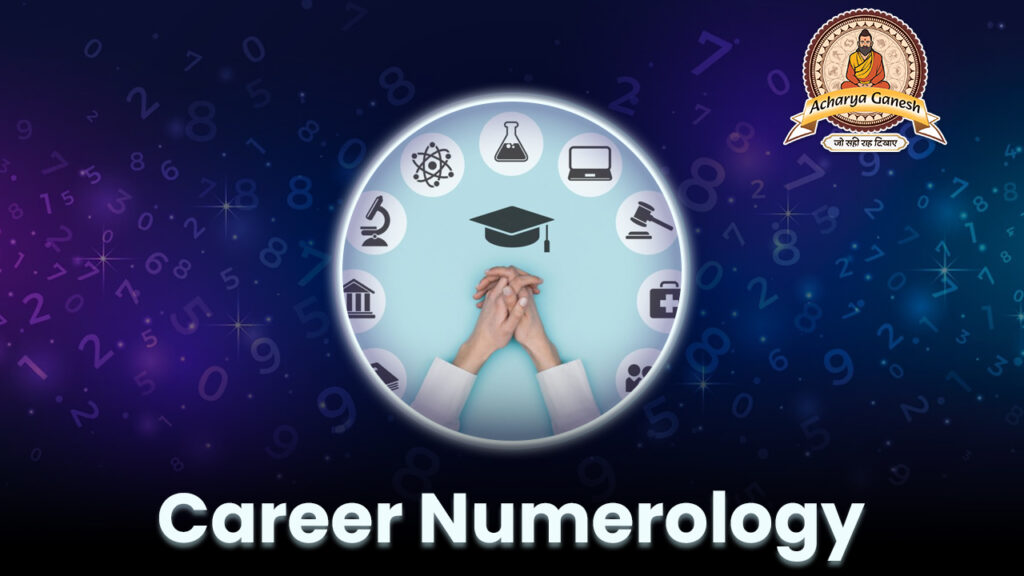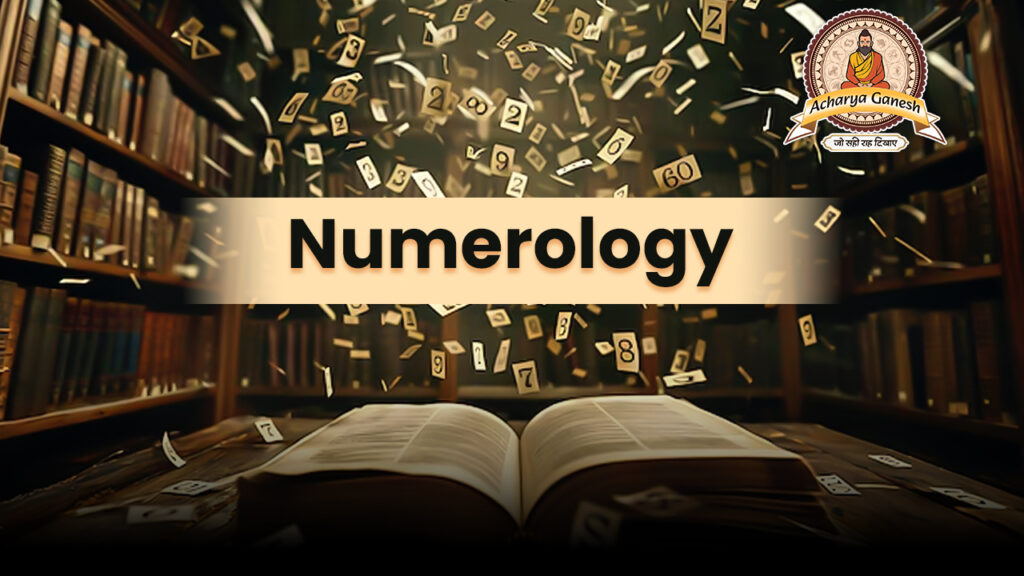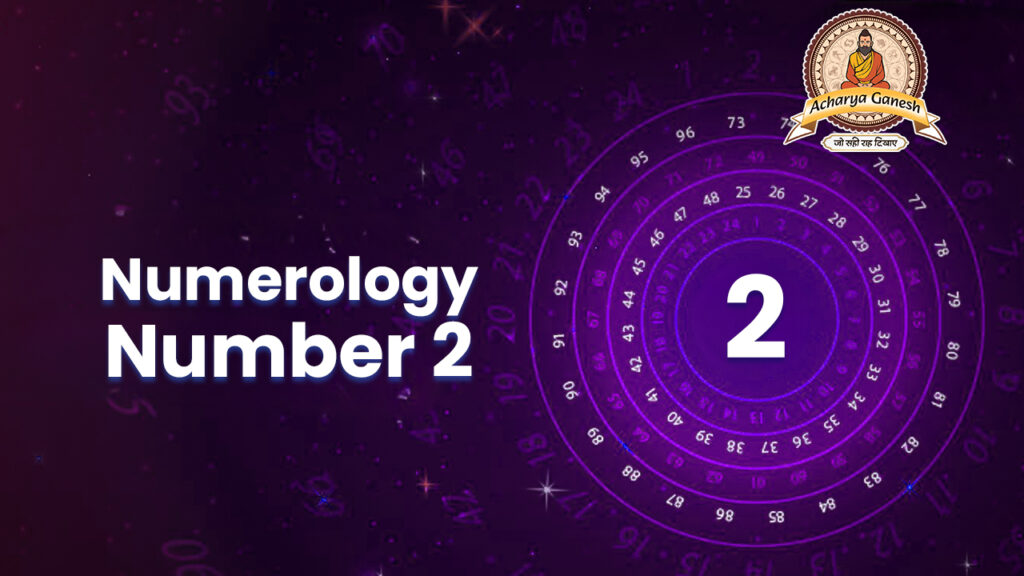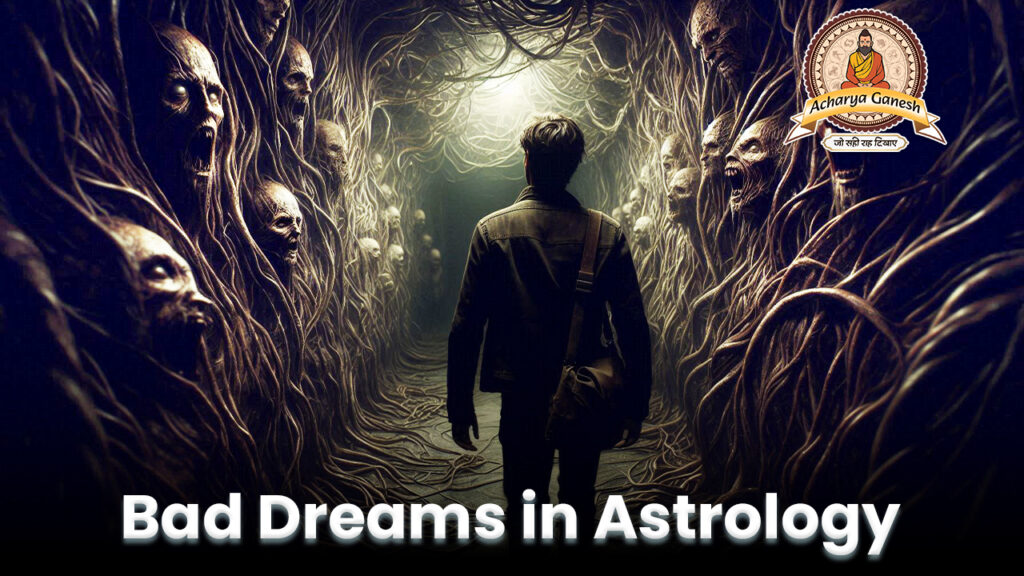Introduction to Kalyug
Kalyug means “Age of Darkness” or “Age of Decline.” Hindu cosmology divides time into four Yugas: Satya Yuga, Treta Yuga, Dwapar Yuga, and lastly, Kalyug. Kalyug stands for an age of moral decline, increasing materialism, and decreasing righteousness; it is supposed to be the age in which we survive today after Dwapar Yuga. An era of… burgeoning falsehood, corruption, a general fall in spiritual-ethical standards.
What is Kalyug?
Kalyug is the fourth and last Yuga described in Hindu texts. It is a dark period of degeneration and decay, where truth and righteousness decline, the persons’ self becomes more center-based, and corruption grows. It finds its basis in ancient Hindu literature, especially the Mahabharata and the Puranas.
Kalyug Characteristics
It is said that in Kalyug,
- Declining Morality: Virtue declines, and corresponding vices increase.
- Social and Ethical Decays: Society suffers from increasing dishonesty, conflict, and corruption.
- Dwindling Lifespan: Lifespan and health of people are believed to have shortened.
- Spiritual Decline: Focus on spirituality or religious practices declines.
Kalyug Duration and Its Effects
The Hindu scriptures describe Kalyug as lasting 432,000 years. We are passing through the last phases of Kalyug, which started nearly 5,000 years after the end of Dwapara Yuga. Kalyug has wide-ranging effects; it touches almost every sphere of human life, be it social, moral, or spiritual. It is during this period that mankind faces more conflicts, hardship, and loss of faith in higher truth. Success in the material world and an individualistic agglomeration of objectives overshadows, in a Kalyug milieu, concerns and empathy for community well-being and spiritual development.
When Will Kalyug End?
Kalyug ka ant” is the end of Kalyug, ushers in a new cycle of Yugas. Traditions hold that Kalyug shall last for 432,000 years according to Hinduism. It is supposed to end when mankind reaches a low point in moral decay. Because the end date or time of Kalyug has not been mentioned in the scriptures, the term “Kalyug end date” becomes one of speculation rather than a precise prediction. By the end of Kalyug, Earth shall enter a new Yuga called Satya Yuga, which will be a return to righteousness and harmony. It will find its eventual culmination in spiritual awakening, a return to moral order ushering in a new age of truth and goodness.
Kalyug End Date
There is no marked “Kalyug end date” mentioned in the scriptures. The immensity of the time scale and esoteric nature of these predictions make it quite a task to project a particular date for the end of this Yuga. The end in general has been considered an event in the future, beyond the scope of experience by the present humanity.
Kalyug Ka Ant Kaise Hoga?
It is believed that huge, global transformations would mark the end of Kalyug. Some traditions believe it will consist of the coming of divine figures or messiahs who will reinstate righteousness and purity. This period will lead into a new Yuga, called Satya Yuga, or the Age of Truth.
Kalyug Ke Bad Kaun Sa Yug Aaega?
Soon after Kalyug, the cycle is to turn into Satya Yuga, also called Krita Yuga or the Golden Age. In this new age, there is a resurrection of virtue, truth, and righteousness. It is the epoch of peace, harmony, and spiritual awakening; it is the time to restore the moral and ethical standards to the highest level.
Conclusion
Now, in Hindu cosmology, Kalyug is a period of gross moral and social decay; it is the period in which virtue has been supplanted by vice. The last of the four Yugas is supposed to be an age of darkness or a phase of decline in the grand cyclical process of cosmic time. Even though Kalyug was considered as an epoch of increased corruption, dishonesty, and general decay in spiritual and ethical values, one was supposed to view it in a broader perspective in the cycle of Yuga. This foreseen alternation heralds embeddedly more than the mere ending itself of the current degenerative era. It literally spells out a clue for the timely advent of a new era, the rejuvenation of virtuousness, honorable living, and brilliant light in the spiritual world. Satya Yuga is the time when peace and amity are envisaged, with moral-ethical values in tune with the highest.
Realization of Kalyug, therefore, does not only acknowledge a period of moral decadence but at the same time comes to know the cyclic nature of time as expounded by Hindu philosophy. This highlights the inherent belief in the cyclic renewal of the world and mankind’s spiritual journey through the ages. It is by recognizing the cyclical nature of these Yugas that one can know more about this spiritual frame, which guides Hindu thought and reinforces that even in times of decline, there is always the possibility of rejuvenation or restoration.
FAQs About kalyug
Q1. What is kalyug?
Ans. Kalyug, otherwise referred to as the Kali Yuga, is the last and fourth Yuga in a cycle of Yugas mentioned in Hindu cosmology. It constitutes the age of moral and social decline; it marks an age when the virtue of man begins to fade, and vice increases. It is an age marked by increased corruption, dishonesty, and an overall deterioration of spiritual and ethical values. Hindu scriptures mention that Kalyug started after the end of Dvapara Yuga and shall consist, in all, for 432,000 years, out of which about 5,000 years have already passed.
Q2. What will happen after kalyug?
Ans. At the end of Kalyug, it is said that the world shall enter a new Yuga called Satya Yuga or Krita Yuga, which literally means the Age of Truth. That is the age when people are going to return to virtue, righteousness, spiritual purity. It is an age of peace and harmony, of moral renewal, in which personal and social values must conform to higher spiritual and ethical standards. This change from Kali Yuga into Satya Yuga corresponds with a cosmic rejuvenation cycle through which the world will experience its huge transformation.




